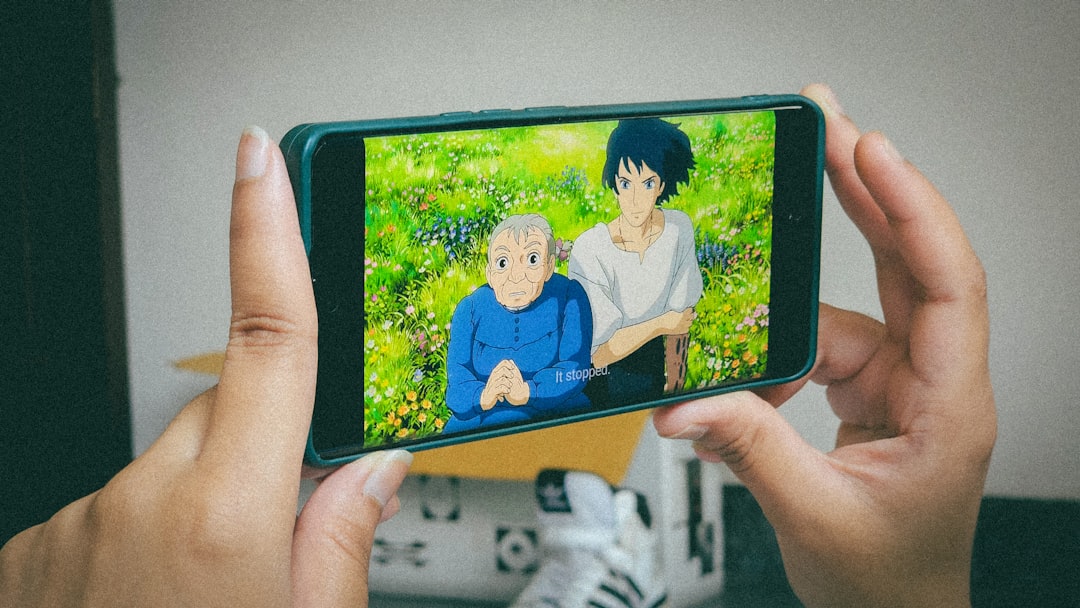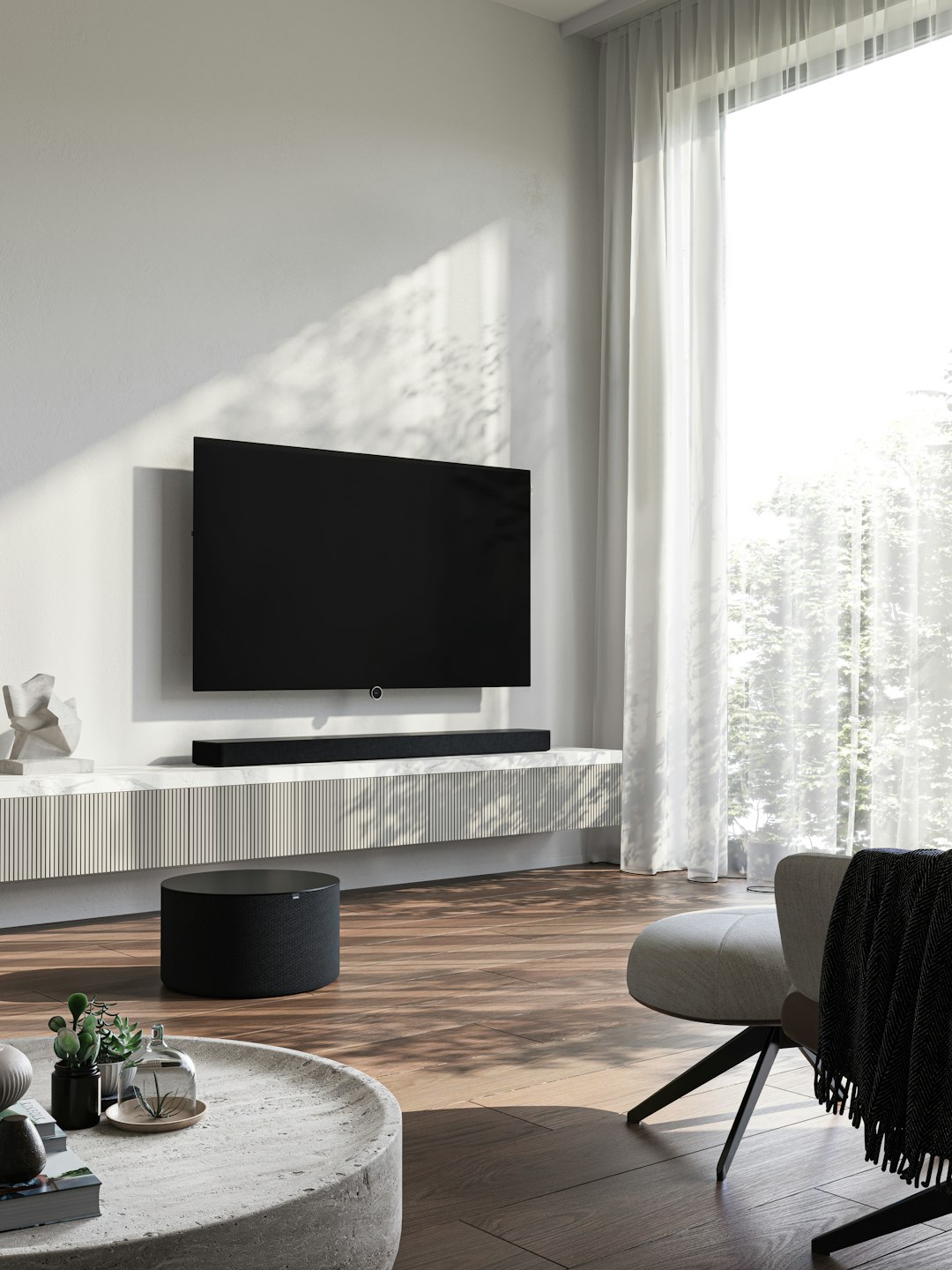Television technology has come a long way from the bulky CRTs of the past. In 2024, one of the most exciting developments in the world of home entertainment is the introduction of TVS 2, a next-generation TV standard that promises to revolutionize the way we watch content. But what exactly is TVS 2, and why should you care? This article breaks down everything you need to know about this cutting-edge advancement.
What Is TVS 2?
TVS 2 stands for Television Standard version 2, an upgraded digital broadcasting and display format that builds upon the existing UHD and HDR technologies. It is designed to provide significantly clearer picture quality, superior audio fidelity, and smarter connectivity features.
Developed by a consortium of leading tech giants and broadcasters, TVS 2 is not just a new display format—it’s an ecosystem aimed at future-proofing televisions for the next decade. From seamless integration with AI assistants to faster compatibility with streaming platforms, TVS 2 aims for a complete upgrade in both hardware and viewer experience.
Top Features of TVS 2
- 8K Native Resolution: While many TVs today upscale to 8K, TVS 2 is built to support native 8K content with zero compromise in frame rates or color fidelity.
- Quantum HDR+: Dynamic contrast levels and richer colors give viewers an almost lifelike experience, regardless of the lighting in the room.
- 120Hz Refresh Rate (or higher): Perfect for gamers and sports fans, this feature eliminates motion blur and provides smooth transitions.
- Improved AI Integration: Voice recognition and content personalization have been refined with machine learning, making the TV smarter with every use.
- Energy Efficient Display Technology: Despite the high performance, TVS 2-certified TVs consume less energy than their predecessors.

How Is It Different from Current TV Tech?
The main difference lies in the future-focused ecosystem of TVS 2. Unlike previous tech leapfrogs like the jump from 1080p to 4K, which focused only on resolution, TVS 2 takes a holistic approach.
One major advancement is the TVS-Link protocol, enabling various smart home devices to communicate directly through the TV without the need for additional hubs. Imagine adjusting your smart lights or checking your door camera directly from your television screen—TVS 2 makes that possible.
Another key feature is Sub-Pixel Enhancement, a technology that enhances the sharpness of edges and details by adjusting pixel colors at a granular level. This works seamlessly with advanced upscaling algorithms to provide unmatched picture quality.
Who Are the Major Players?
Several key manufacturers have already jumped on the TVS 2 bandwagon. These include:
- Samsung – Pioneering ultra-fine pixel displays with AI upscaling features.
- LG – Focusing on OLED-based panels with enhanced AI voice control.
- Sony – Known for its cinematic image processing and motion smoothing technology.
- Panasonic – Emphasizing energy efficiency and environmental friendliness.
In addition, content providers like Netflix, Amazon Prime, and Disney+ are already adapting their streaming platforms to deliver TVS 2-compatible content, ensuring users can enjoy the new tech right out of the box.

Should You Upgrade?
If you’re someone who loves being at the forefront of technology—or if you’re planning to buy a new TV in the next year—then considering a TVS 2-enabled television might be a smart move. While the price point is relatively higher at launch, prices are expected to drop as the technology becomes widespread.
However, if you’re currently using a 4K HDR-enabled TV and are satisfied with its performance, you might not need to upgrade just yet. That said, keep in mind that future streaming services and firmware updates may increasingly favor TVS 2 standards, especially by late 2025.
Final Words
TVS 2 is more than just a bump in resolution—it’s a fully integrated leap into the future of digital entertainment. With smarter processing, real-time personalization, and a focus on energy efficiency, it’s poised to shape the next era of how we consume media at home.
As with any new technology, early adopters will have the advantage of experiencing its features first-hand, while others may prefer to wait for a more mature ecosystem. Either way, one thing is clear: TVS 2 is the future of television.


Leave a Reply